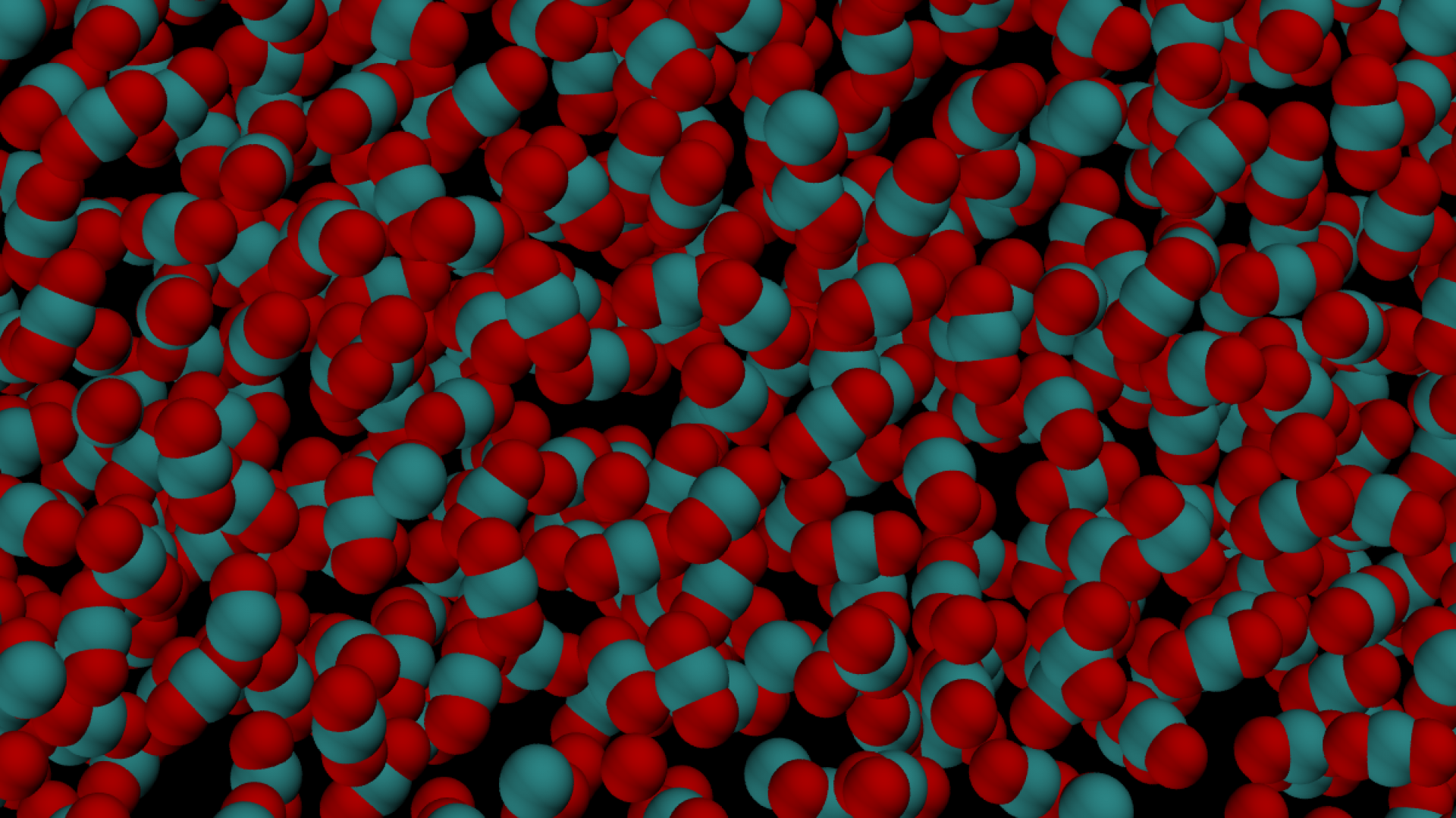Organic materials are being developed for a wide spectrum of applications due to their availability, diversity, and cost economy. Our work in this research area looks to use organic materials for a variety of applications including drug discovery & delivery, explosives detection, and solar cell development.
Antibacterial Oligomer Development
Covalent Organic Frameworks
Organic Semiconductors
Antibacterial Oligomer Development
Sequence-defined polymers, characterized by the precise order of monomer assembly in a larger macromolecule, present diverse applications by controlling the sequence to fine-tune chemical, physical, and structural properties of these macromolecules. We are studying these organic materials via Density Functional Theory (DFT) by creating a kinetic model that predicts promising monomers for drug discovery and controlled delivery. On a larger scale, we are also modeling the interactions between these oligomers and a lipid bilayer, along with the oligomer’s insertion mechanism into the bilayer.
Researchers: Andrew Ruttinger, Divya Sharma
Related Publications
J. S. Brown,† A. W. Ruttinger,† A. J. Vaidya, C. A. Alabi and P. Clancy, Decomplexation as a Rate-limitation in the Thiol-Michael Addition of N-acrylamides, Org. Biomol. Chem., 18, 6364-6377 (2020). [† Co-First Authors, Editor’s Collection]
J. S. Brown, Y. M. Acevedo, G. D. He, J. H. Freed, P. Clancy and C. A. Alabi, Synthesis and Solution-Phase Characterization of Sulfonated Oligothioetheramides, Macromolecules, 50 (21), 8731–8738 (2017).
Covalent Organic Frameworks


The reversible boronate-ester condensation reaction shown here drives the assembly of covalent organic framework building blocks. (left)
Novel all-organic solar cell architectures based on 2D phthalocyanine-based covalent organic frameworks filled with prototypical n-type fullerene molecules. (right)
Researchers: Ryan Heden, Meng Min
Related Publications
B. T. Koo, R. F. Heden, and P. Clancy, Nucleation and Growth of 2D Covalent Organic Frameworks: Polymerization and Crystallization of COF Monomers, Phys. Chem. Chem. Phys., 19, 9745-9754 (2017).
B.T. Koo, P. G. Berard and P. Clancy, A Kinetic Monte Carlo Study of Fullerene Adsorption in Pc-PBBA Covalent Organic Framework and Implications for Electron Transport, J. Chem. Theor. Comp., 11 (3), 1172-1180 (2015).
B.T. Koo and P. Clancy, Towards optimal packing and diffusion of fullerene molecules in the Pc-PBBA Covalent Organic Framework, Mol. Sim., special issue, 40, 58-70 (2014).
B.T. Koo, W. R. Dichtel and P. Clancy, A classification scheme for the stacking of two-dimensional boronate ester-linked covalent organic frameworks, J. Matls. Chem., 22, 17460-17469 (2012).
E. L. Spitler, B.T. Koo, J.L. Novotney, J.W. Colson, A.R. Woll, F.J. Uribe, G. Gutierrez, P. Clancy and W.R. Dichtel, A 2D Covalent Organic Framework with 4.7-nm Pores and Interlayer Stacking, J. Am. Chem. Soc., 133, 19416 (2011).
Organic Semiconductors

Alpha phase of NTCDI. 
Beta phase of NTCDI.
Packing motifs in organic semiconductor material is crucial to the electron transport properties. Researchers are also trying to find optimal synthesis and post-processing methods to achieve desired polymorphs. In the Clancy group, we are using Molecular Dynamics to study the thermodynamic and kinetics of these unique organic materials. Our recent project was to study the solvent effect on the aggregation of core-chlorinated naphthalene tetracarboxylic diimide (NTCDI). We studied both entropic and enthalpic properties of NTCDI molecules in a solvent through binding free energy calculations, which gave a computational-derived insight on the solvent effect and the interaction between NTCDI and solvent molecules.
Researchers: Nikita Sengar, Xiangyu “Aaron” Chen
Related Publications
G. E. Purdam, X. Chen, N. G. Telesz, S. M. Ryno, N. Sengar, T. Gessner, C. Risko, P. Clancy, R. T. Weitz, and Y.-L. Loo, Solvent-molecule Interactions Govern Crystal-habit Selection in Naphthalene Tetracarboxylic Diimides, In Submission.


